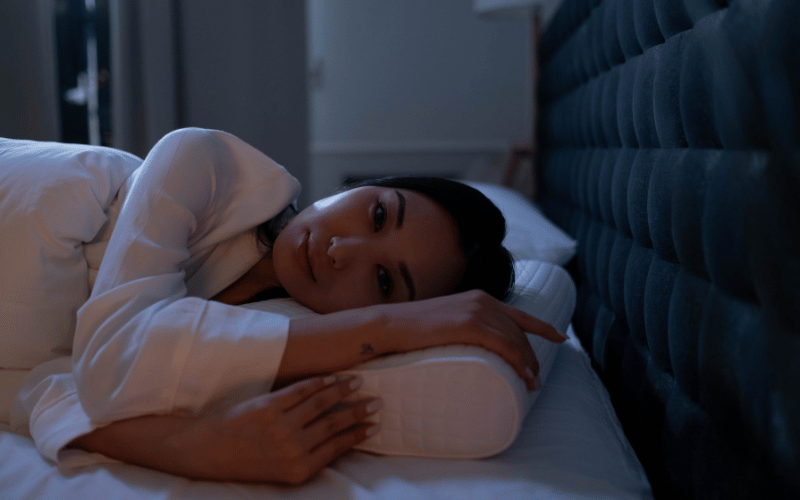Strategy 4: Relaxation Techniques and Mindfulness Practices

Stress and anxiety are common culprits behind sleepless nights. Our mind, buzzing with thoughts, can create a barrier to the restful embrace of sleep. This is where relaxation techniques come into play. By addressing the rampant mind and guiding it to a state of calm, we can facilitate a quicker and deeper descent into sleep. The body and mind are intricately linked, and soothing one often leads to the relaxation of the other.
At the heart of many relaxation techniques is the act of breathing. It’s something so fundamental, yet most of us rarely give it a second thought. Deliberate deep breathing can serve as an anchor, grounding us in the present moment. By taking deep, measured breaths, holding for a few seconds, and exhaling slowly, we can activate our body’s parasympathetic nervous system, which is responsible for the relaxation response. Over time, this simple act can lower heart rate, reduce blood pressure, and promote a sense of calm, paving the way for restful sleep.
Our bodies have a sneaky way of holding onto stress. This tension, often unnoticed, can be a deterrent to sleep. PMR is a technique where one tenses a group of muscles as they breathe in and relaxes them as they breathe out. This is done progressively, starting from the toes and moving upwards. The act of deliberately tensing and then releasing muscles can help highlight areas of tension and facilitate their relaxation. By the end of a PMR session, the body often feels more relaxed and prepared for sleep.
The power of the mind is unparalleled. Through guided imagery, one can harness this power to transport themselves to a place of peace and tranquility. This technique involves visualizing a scene, place, or event that evokes peace and happiness. By immersing oneself in this mental imagery, the outside world and its myriad stressors fade away, replaced by a sense of serenity. Over time, this practice can serve as a potent cue for sleep. (4)